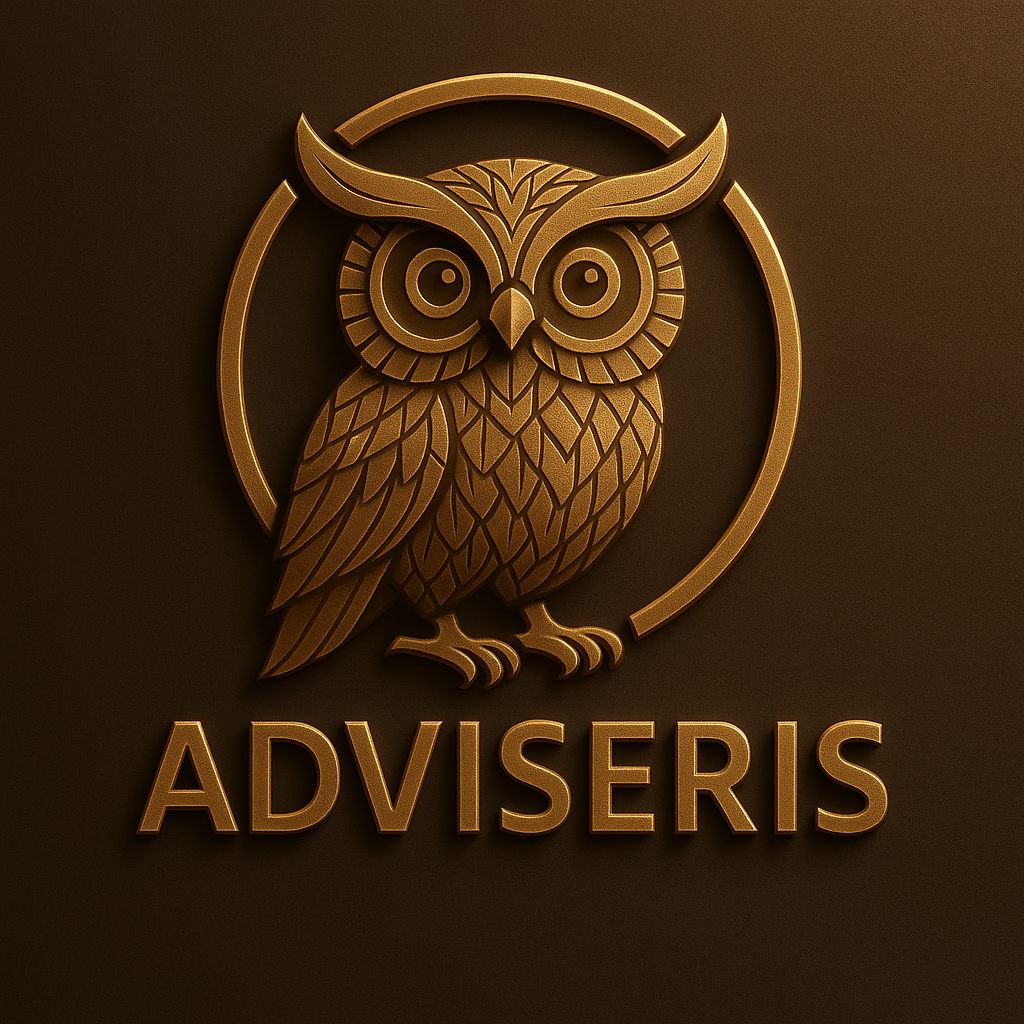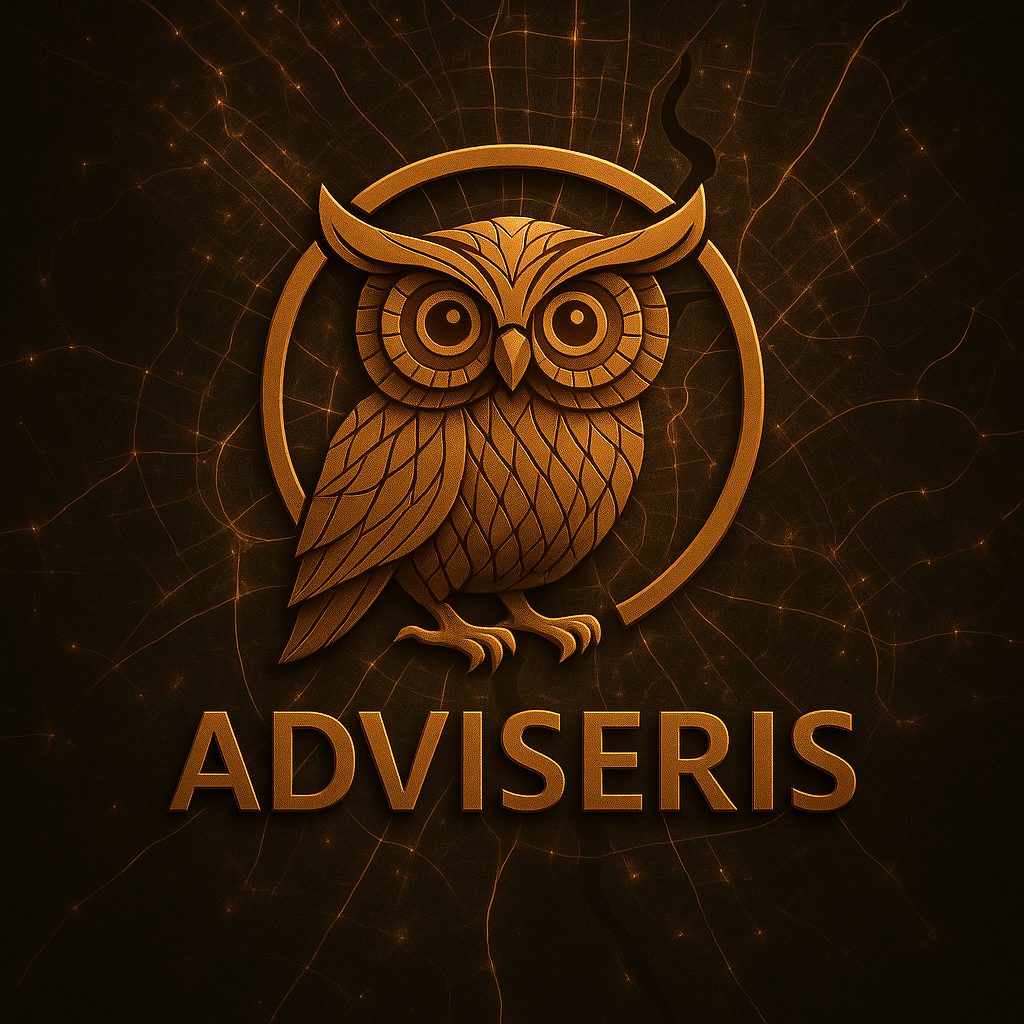Overview
A widely used but aging enterprise software product — developed over 35 years ago on a legacy technology stack — faced end-of-life risk due to a complete lack of skilled personnel available in the market. The product's original developers had either retired or moved on, leaving just two individuals with deep system knowledge, both nearing retirement themselves.
While the client organisation was preparing to sunset the product, several long-standing customers expressed a strong desire to renew their contracts, citing full reliance on the software and satisfaction with its capabilities. To address this critical situation, a managed services model was implemented to fully offshore the support and maintenance of the product — ensuring service continuity, customer satisfaction, and product life extension.
Challenge
- The product was built using outdated technologies no longer widely taught or used in the industry
- Internal expertise was nearly lost, with only two developers remaining
- No new talent could be hired with the necessary experience in the legacy stack
- The organisation was under pressure to end-of-life the product but faced resistance from its loyal customer base
- The risk of unmanaged attrition was high, threatening continuity and compliance
Approach
A Managed Services model was established, transitioning responsibility for the product's support and maintenance to an offshore team. The engagement was governed by agreed Service Level Agreements (SLAs) to ensure consistent, reliable performance.
Key Steps:
Initial Assessment & Planning
Reviewed product architecture, remaining in-house knowledge, incident history, and customer usage patterns.
Targeted Resource Onboarding
Recruited offshore team members with partial overlapping skills. While they didn't fully match the legacy stack, they had strong fundamentals and adaptability.
Structured Knowledge Transition
- Worked closely with the last two legacy developers to document critical knowledge
- Delivered hands-on training and mentoring over a structured transition timeline
Shadow–Support–Own Model
New team members initially shadowed the legacy experts, then began handling support tickets under supervision, and eventually assumed full responsibility.
Progressive Team Maturity
Built internal training plans to transfer knowledge across offshore members and reduce reliance on any single individual.
Ongoing Operations
End-to-End Ownership
The offshore team now manages all product support activities including incident resolution, minor enhancements, environment maintenance, and deployment assistance.
SLA-Driven Governance
Monthly service review meetings are held to monitor performance, discuss open risks, and review improvement opportunities.
Knowledge Resilience
Knowledge is continuously maintained through updated documentation and internal cross-training to ensure resilience in the event of team attrition.
Customer Continuity
Existing customers continue to use the product with confidence and satisfaction, with contract renewals remaining strong.
Outcome
Seamless Knowledge Transfer
Complete knowledge transition was achieved before the retirement of the last two original developers.
Product Life Extended
Offshore support enabled the product to remain viable and valuable for almost three additional years — and counting and at reduced cost.
Customer Retention
Client was able to maintain all key customers who relied on the product, avoiding contractual and reputational risk.
Operational Continuity
The managed service team operates reliably with defined SLAs, processes, and a strong understanding of the legacy ecosystem.
Risk Mitigation
Institutional knowledge is now owned and distributed within a structured support model, reducing single points of failure.
Need Legacy System Support?
Discover how our managed services model can extend the life of your critical legacy systems while reducing costs and risks.
Learn More

